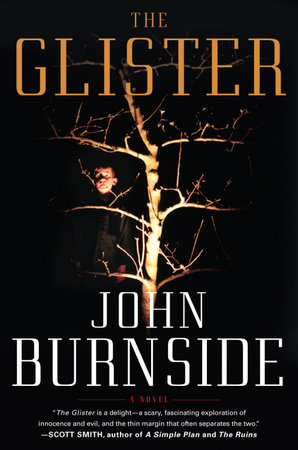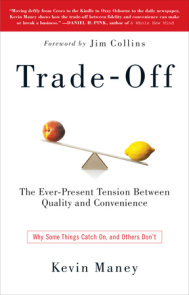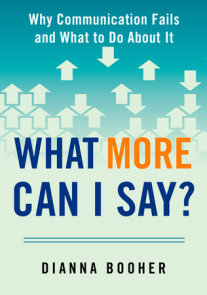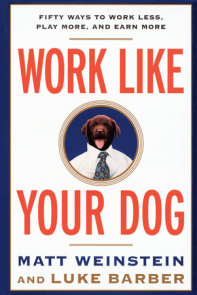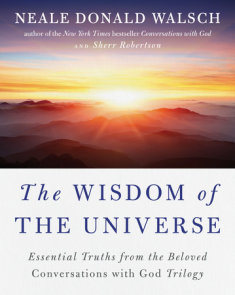READERS GUIDE
“Brilliant. . . . Beautiful and frightening.”—The New York Times Book Review
The introduction, questions, and suggestions for further reading that follow are designed to enhance your group’s discussion of John Burnside’s hauntingly memorable novel The Glister.
Introduction
Acclaimed author John Burnside delivers a profound, page-turning novel about innocence, evil, morality, and the dark corners of the human psyche.Mysterious illnesses affect the inhabitants of the post-industrial village of Innertown, and a pervasive sense of malaise hangs everywhere. So when teenage boys disappear into the poisoned woods surrounding the village’s abandoned chemical plant, no one notices, or if they do, they don’t say a thing. Not even the town’s only cop, whose leads have long since died. To one boy, however, the chemical plant is beautiful, and it is there he will enact a plan to change the fate of the children of Innertown. To do so he will have to confront the blinding reality that burns in the chemical plant’s cavernous center.
Questions and Topics for Discussion
1. What was your initial reaction to the disappearance of the boys? Were you expecting the story to go in a different direction?
2. The story is set in what was once an area of natural beauty, now defiled by pollution and neglect. Is The Glister an “environmental” novel? Who does the author imply is responsible for the environment’s decay? Who suffers from its effects?
3. The novel is told from multiple perspectives, but Leonard is the only character whose thoughts are told in the first person. Why do you think this is? From where might he be telling the story?
4. Leonard remarks, “I can’t help thinking that, if you want to stay alive, you have to love something.” How does Leonard maintain a sense of optimism among his bleak surroundings? When and why does his attitude later shift?
5. How does Leonard feel about his mother? Is his attitude justified?
6. What do you think of the way sex is portrayed in the book? Did you find it shocking? What is the significance of the strangling game that Leonard plays with Elspeth?
7. Who is The Moth Man? Did you view him as a positive or a negative presence? Did your feelings about him change as the book progressed?
8. What happens when Alice encounters “the angel”? Is she redeemed? Saved?
9. What part does grace play in the book? What part does guilt play?
10. How did you read the book’s final chapter? What is “The Glister”? Does the author set up a Schrödinger’s Cat scenario, in which two possible but apparently contradictory endings happen simultaneously? Did the author mean to be ambiguous, or is there a definite interpretation?
(For a complete list of available reading group guides, and to sign up for the Reading Group Center enewsletter, visit www.readinggroupcenter.com)









